Top 10 Common Refractory Metals You Can Find Now
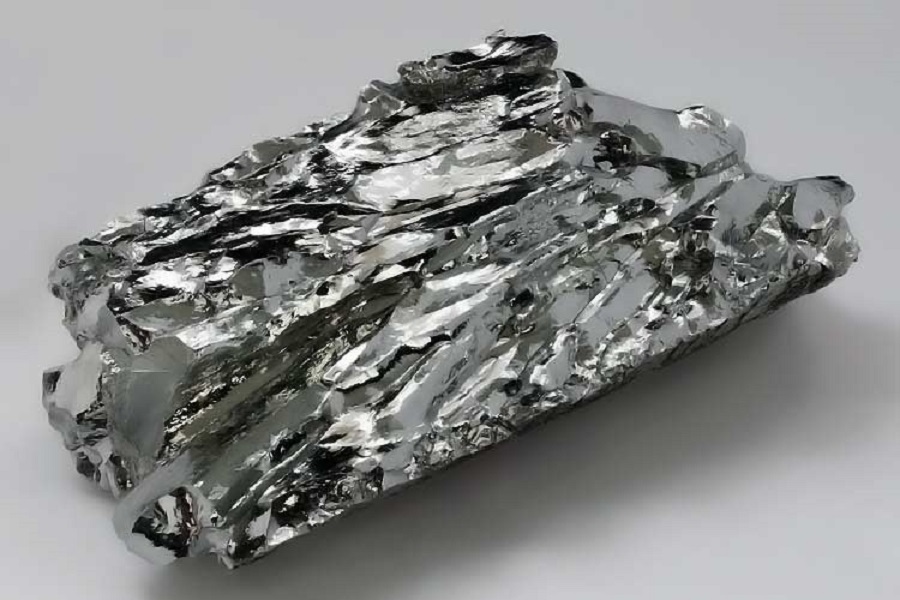
Top 10 Common Refractory Metals You Can Find Now
"Refractory metal" is a term that is used to describe a group of metal elements. These metal elements have exceptionally high melting points and are resistant to wear, corrosion, and deformation. In this article, we will take a look at the top 10 common refractory metals that can be found on the market now.
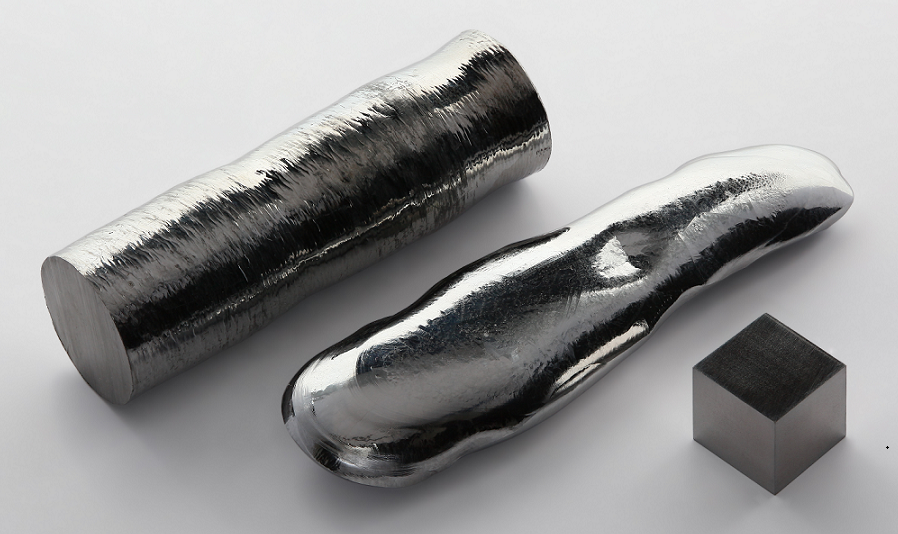
Common refractory metals
Common Refractory Metals - 1. Tungsten
The History of Tungsten
The history of tungsten can be traced back to the 17th century. At that time, miners in the Eels Mountains of Saxony, Germany noticed that some ore would interfere with the reduction of cassiterite and generate slag. The miners gave this ore some German nicknames: "Wolfert", "Wolfram".
In 1783, the brothers Hussein De Luyar and Faustou De Luyar also extracted tungstic acid from wolframite. In the same year, they obtained tungsten powder for the first time by reducing tungsten trioxide with carbon.
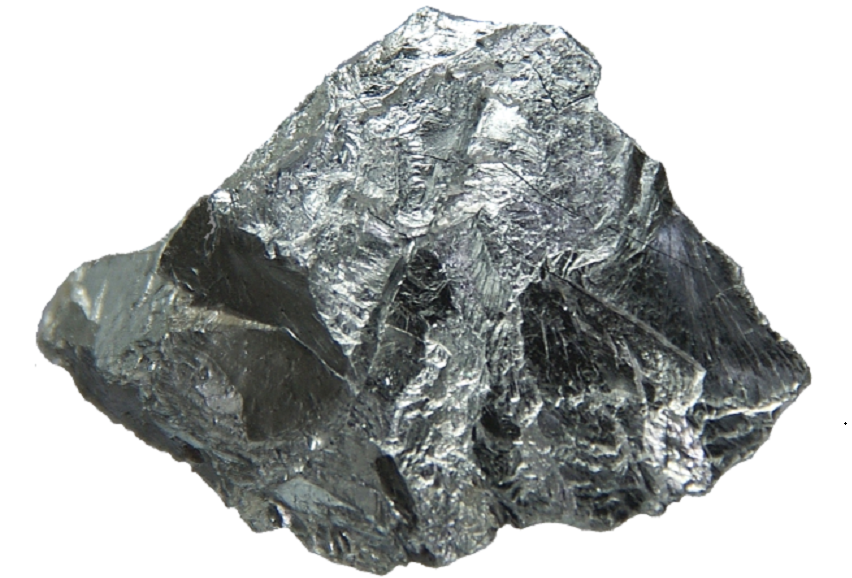
Tungsten
The Properties and Applications of Tungsten
The melting point of tungsten is the highest among all metal elements. The density (19.3 g / cm³) is very high, which is close to gold, and the hardness of tungsten is also very high. For example, the hardness of tungsten carbide is close to that of the diamond.
In addition, tungsten also has good electrical and thermal conductivity, a small expansion coefficient, and other characteristics, so it is widely used in alloys, electronics, chemicals, and other fields, of which tungsten carbide is the largest consumer field.
Common Refractory Metals - 2. Molybdenum
The History of Molybdenum
Although molybdenum was discovered in the late 18th century, it was used before the discovery of molybdenum. For example, in the 14th century, Japan used molybdenum-containing steel to make sabers.
In 1778, the Swedish chemist Scheler found that nitric acid did not react with graphite, but after reacting with molybdenite, a white powder was obtained. Inspired by Scheler, in 1781, the Swedish Yellm used a "carbon reduction method" to separate a new metal from this white powder and named the metal "Molybdenum".
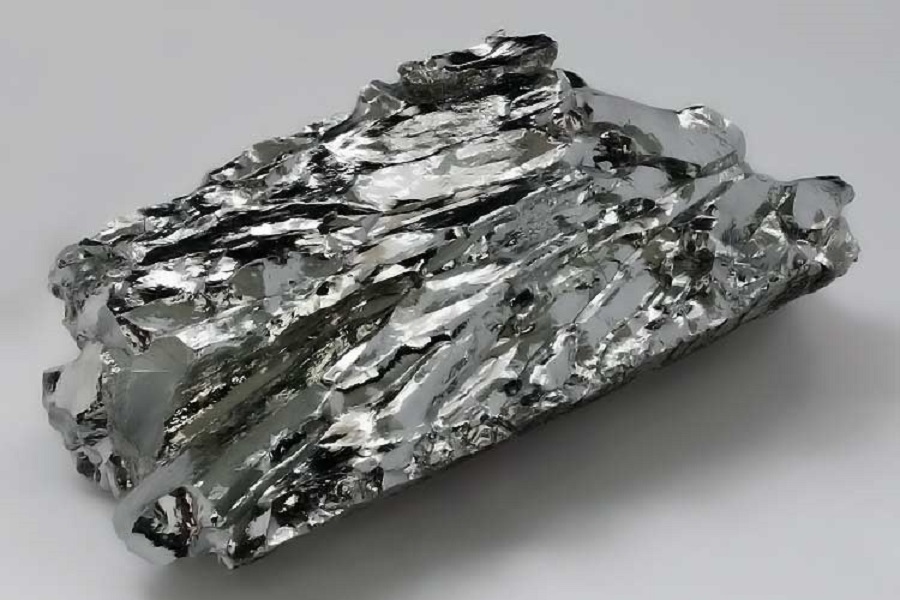
Molybdenum
The Properties and Applications of Molybdenum
Molybdenum is a refractory rare metal like tungsten. It has a small expansion coefficient, large electrical conductivity, and good thermal conductivity. It does not react with hydrochloric acid, hydrofluoric acid, and alkaline solutions at normal temperature, but is only soluble in nitric acid, aqua regia, or concentrated sulfuric acid. It is also quite stable to most liquid metal, non-metal slag, and molten glass.
Therefore, molybdenum and its alloys have a wide range of applications and good prospects in important sectors such as metallurgy, agriculture, electricity, chemicals, environmental protection, and aerospace, and have become an important raw material and irreplaceable strategic substance in the national economy.
Common Refractory Metals - 3. Rhenium
The History of Rhenium
In 1871, when Russian chemist Dmitry Mendeleev published the periodic table of elements, he predicted that a "manganese-like" element with an atomic weight of 190 had not been found in nature.
In 1925, German chemists Walter Noddack, Ida Noddack, and Otto Berg detected this element with X-rays in platinum and niobite. This element was named Rhenium after the Rhine name Rhein. Later, they also found rhenium in silicon-beryllium yttrium and molybdenite. In 1928, they extracted 1 gram of rhenium from 660 kilograms of molybdenite.
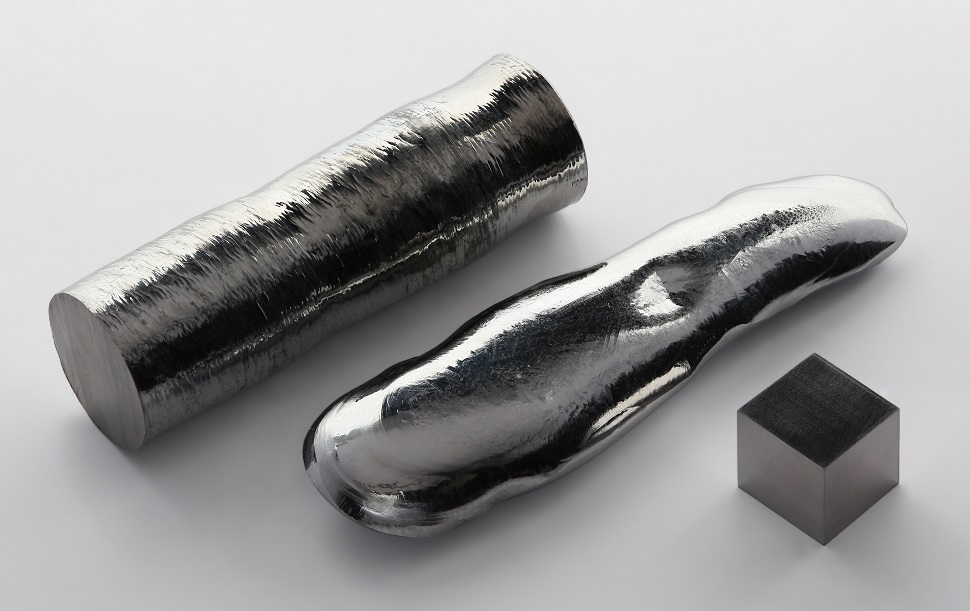
Rhenium
The Properties and Applications of Rhenium
Rhenium is a rare refractory metal. It not only has good plasticity, mechanical properties, and creep resistance but also has good wear resistance and corrosion resistance. It can maintain good chemistry for most gases except oxygen.
Rhenium and its alloys are widely used in aerospace, electronics, petrochemical, and other fields. According to data released by the U.S. Geological Survey in 2013, superalloys are the largest consumer area of rhenium, accounting for about 80% of total rhenium consumption, and the catalyst is the second largest consumer area of rhenium.
Common Refractory Metals - 4. Niobium
The History of Niobium
In 1801, British chemist Charles Hatchett found niobium in an ore sample from the British Museum. In 1846, the German chemist Heinrich Rose analyzed different tantalum ore and thorium ore. He discovered that there is another element besides tantalum, which is very close to tantalum, and named this element Niobium.
Niobium is taken from the Greek mythological figure Niobe, because the name of tantalum is derived from Tantalos in Greek mythology, and Niobe is the daughter of Tantalos, which can better show the similarity between tantalum and niobium.
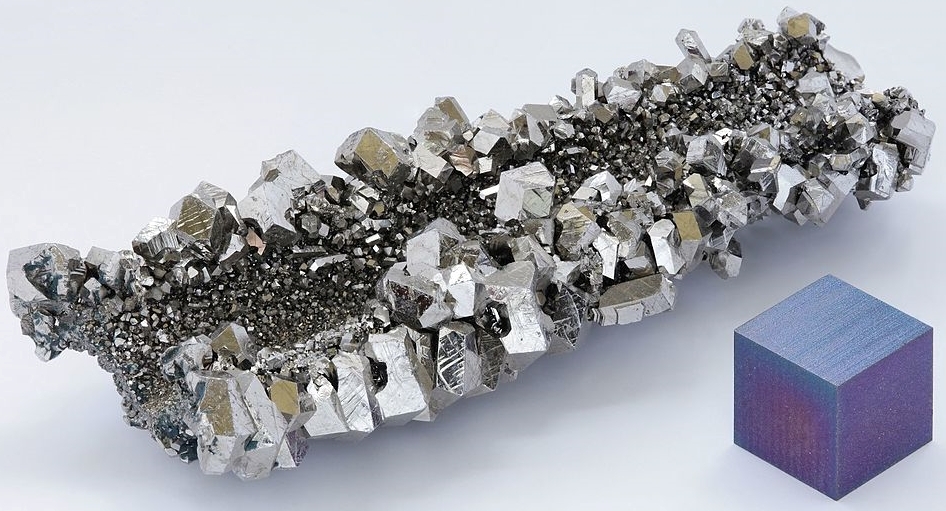
Niobium
The Properties and Applications of Niobium
Niobium is a rare high-melting metal with a silvery gray color, soft texture, and ductility. At normal temperatures, niobium does not react with air, and it will not be completely oxidized when it is red-hot in oxygen. Niobium can directly combine with sulfur, nitrogen, and carbon at high temperatures. Niobium does not react with inorganic acids or bases, nor is it soluble in aqua regia, but it is soluble in hydrofluoric acid.
Because of its good superconductivity, high melting point, corrosion resistance, and wear resistance, niobium is widely used in steel, superconducting materials, aerospace, atomic energy, and other fields.
Common Refractory Metals - 5. Tantalum
The History of Tantalum
In 1802, the Swedish chemist AGE Kaberg (1767-1813) discovered a new element in the analysis of the Scandinavian peninsula a mineral (niobium Tantalum ore). He named the element tantalum (Tantalum) after Tantalus, the son of the god Zeus in Greek mythology.
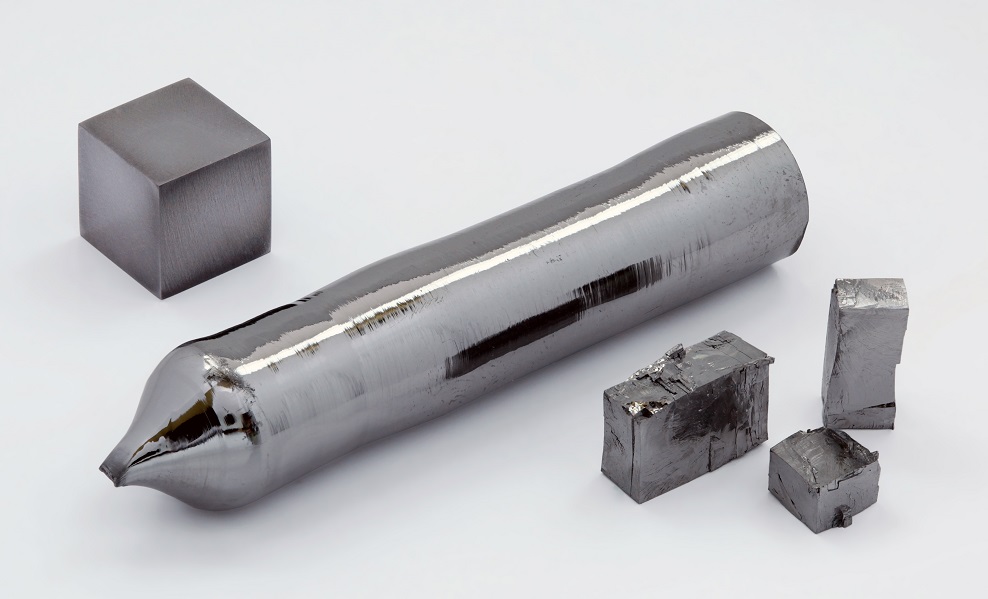
Tantalum
The Properties and Applications of Tantalum
Tantalum has a series of excellent properties such as high melting point, low vapor pressure, good cold workability, high chemical stability, strong resistance to liquid metal corrosion, and a large dielectric constant of the surface oxide film.
Therefore, tantalum has important applications in high-tech fields such as electronics, metallurgy, steel, the chemical industry, cemented carbide, atomic energy, superconducting technology, automotive electronics, aerospace, medical health, and scientific research.
Common Refractory Metals - 6. Titanium
The History of Titanium
In 1791, titanium was found in Cornwall, England, as a titanium-containing mineral. The discoverer was Reverend William Gregor, an amateur mineralist in England. In 1795, German chemist Clapprott found this oxide when analyzing red rutile from Hungary.
The titanium that Gregor and Kraprot discovered at the time was powdered titanium dioxide, not metallic titanium. It was not until 1910 that American chemist Hunter first reduced TiCI with sodium to produce titanium with a purity of 99.9%.
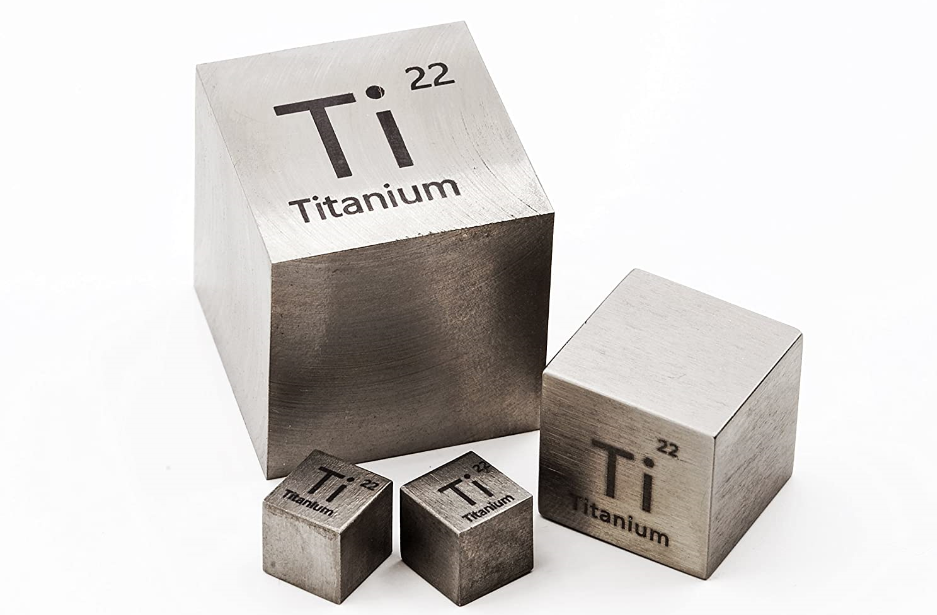
Titanium
The Properties and Applications of Titanium Alloy
Titanium is an important structural metal developed in the 1950s. Titanium alloy has low density, high specific strength, good corrosion resistance, low thermal conductivity, non-toxic and non-magnetic, weldable, and good biocompatibility, and is widely used in aviation, aerospace, chemical, petroleum, electric power, medical, construction, and sporting goods.
Many countries in the world have recognized the importance of titanium alloy materials, researched and developed them successively, and obtained practical applications.
Common Refractory Metals - 7. Chromium
The History of Chromium
In 1766, Lehman from Germany analyzed a Siberian ore and determined that it contained lead. This ore was classified as Siberian red lead.
In 1797, the French chemist Nicholas Louis Vauquelin was attracted by a bright red ore that was also mined in the Siberian gold mine, and a new element was found in this ore, namely chromium, and the following year used carbon reduction to produce metallic chromium.
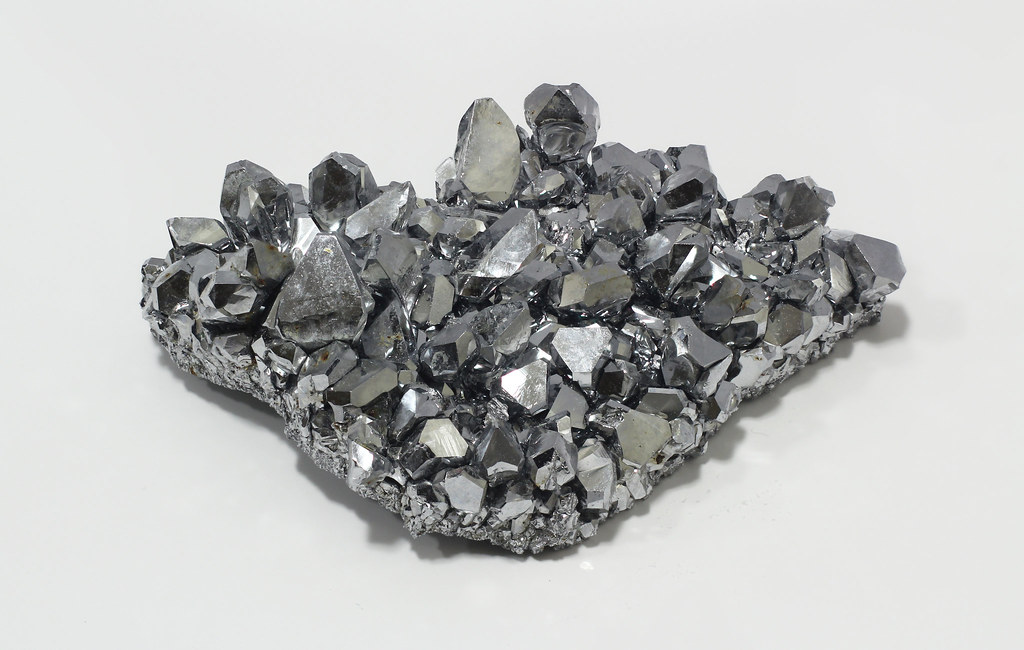
Chromium
The Properties and Applications of Chromium
Chromium is widely used in metallurgy, the chemical industry, cast iron, refractory, and high-precision technology because of its excellent properties such as hardness and brittleness, and corrosion resistance.
Common Refractory Metals - 8. Zirconium
The History of Zirconium
Zirconium is named after zircon, which has been used as jewelry by humans for centuries. Zircon is also mentioned in the Bible, calling it one of the 12 gemstones worn by the High Priest of Israel.
The discovery and extraction of zirconium were mainly attributed to two chemists, German chemist Martin Heinrich Klaproth and Swedish chemist Jöns Jacob Berzelius. These two chemists have made extraordinary contributions to the discovery and purification of zirconium.
In 1789, the German chemist Martin proved that zircon was not a diamond, clarifying the misunderstanding of zircon. He heated zircon with a reactive compound, sodium hydroxide, and found that the two reacted to form an oxide. Martin believes that this oxide contains a new element. He named the new oxide zirconia. 35 years later, in 1824, Swedish chemist Jöns Jacob Berzelius first produced pure zirconium.
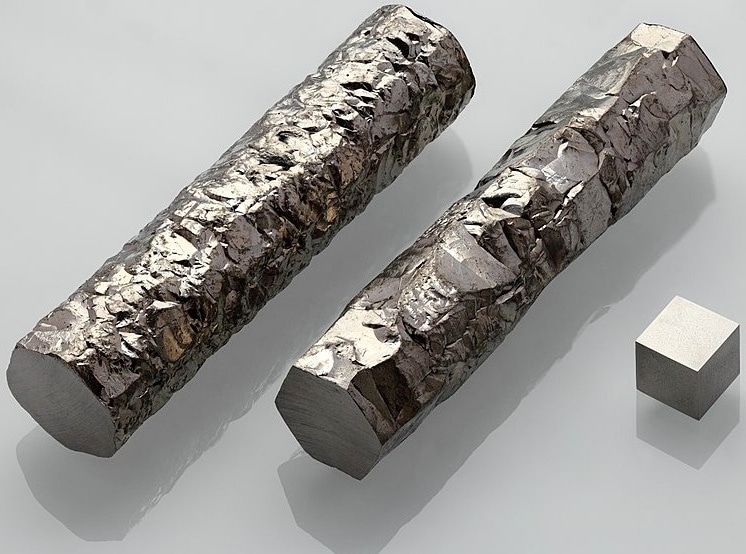
Zirconium
The Properties and Applications of Zirconium
Since ancient times, zirconium has been regarded as a gemstone because of its colorful color and luster, and has played a decorative role in human life. With the deepening of people's knowledge about zirconium, the application of zirconium is becoming more and more widespread. Perhaps most people are relatively new to zirconium, but it has penetrated into all aspects of our lives.
For example, zirconium is indispensable in the surrounding buildings, ceramics, knives, decorations, etc. that are essential in life, and even in the military and nuclear power fields.
Common Refractory Metals - 9. Hafnium
The History of Hafnium
In 1923, Hungarian chemist George Charles de Hevesy and Danish physicist Coster performed X-ray spectroscopy analysis on a variety of zirconium-containing ore and found this element.
In order to commemorate the place of the discovery of the element, the capital of Denmark, Copenhagen, they named it hafnium (derived from Copenhagen's Latin name Hafnia), and the element symbol was Hf.
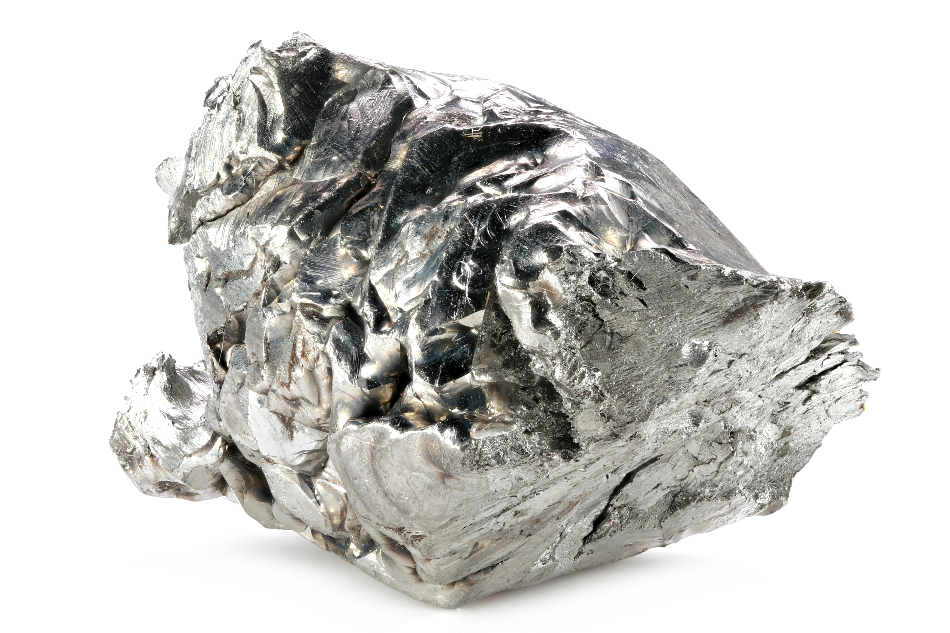
Hafnium
The Properties and Applications of Hafnium
Hafnium can react with air to form an oxide film protective layer. When the temperature is 500-750 ° C, the oxide film will lose its protective effect, and when heated, it will combine with oxygen and nitrogen to form oxides and nitrides. When the temperature exceeds 800 ° C, hafnium is rapidly oxidized to form HfO2.
It has good anti-corrosion performance, does not react with dilute hydrochloric acid, dilute sulfuric acid, and strong alkali solution, but is soluble in hydrofluoric acid and aqua regia.
Hafnium has excellent welding performance, processing performance, high-temperature resistance, and corrosion resistance, so it has become an important material in the atomic energy industry. Rhenium has properties such as ductility, oxidation resistance, and high-temperature resistance. It is also a good alloy material and is used in many alloys.
Common Refractory Metals - 10. Vanadium
The History of Vanadium
In 1830, Swedish chemists separated a new element when smelting pig iron. Because of its brilliant colors, the compound was named Vanadium after the beautiful goddess Vanadis in Greek mythology.
In 1867, the British chemist Roscoe used hydrogen to reduce vanadium chloride (VCl3) to obtain metallic vanadium for the first time.
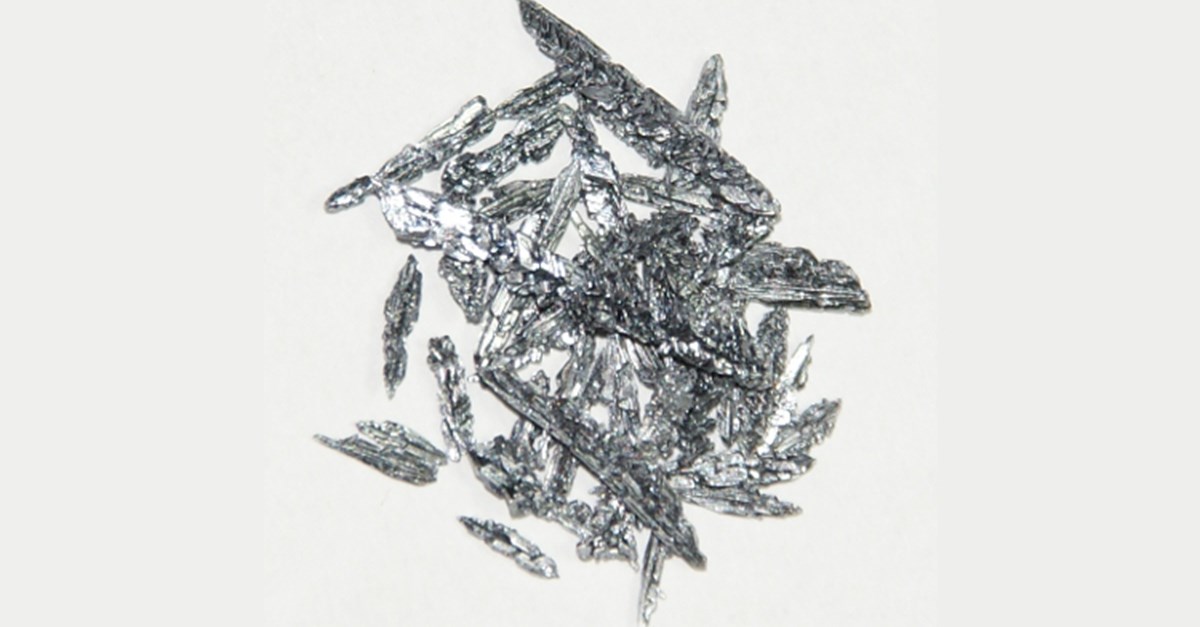
Vanadium
The Properties and Applications of Vanadium
Vanadium is an important alloying element and is mainly used in the steel industry. Vanadium-containing steel has excellent characteristics such as high strength, high toughness, and good wear resistance.
Therefore, it is widely used in the machinery, automotive, shipbuilding, railway, aviation, bridge, electronics, and defense industries. The iron and steel industry uses the highest proportion of vanadium, reaching 85%. The demand of the steel industry directly affects the market situation of vanadium. About 10% of vanadium is used to produce titanium alloys required by the aerospace industry. Vanadium can be used as a stabilizer and enhancer for titanium alloys, which makes titanium alloys have good ductility and plasticity.
In addition, vanadium is mainly used as a catalyst and colorant in the chemical industry. Vanadium is also used in the production of rechargeable hydrogen batteries or vanadium redox batteries.
Conclusion
Thank you for reading our article and we hope it can be helpful to you. If you want to know more about common refractory metals, you can visit Advanced Refractory Metals (ARM) for more information. We provide our customers with high-quality refractory metals at a very competitive price.
{{item.content}}
LEVE A REPLY
{{item.children[0].content}}
{{item.content}}






